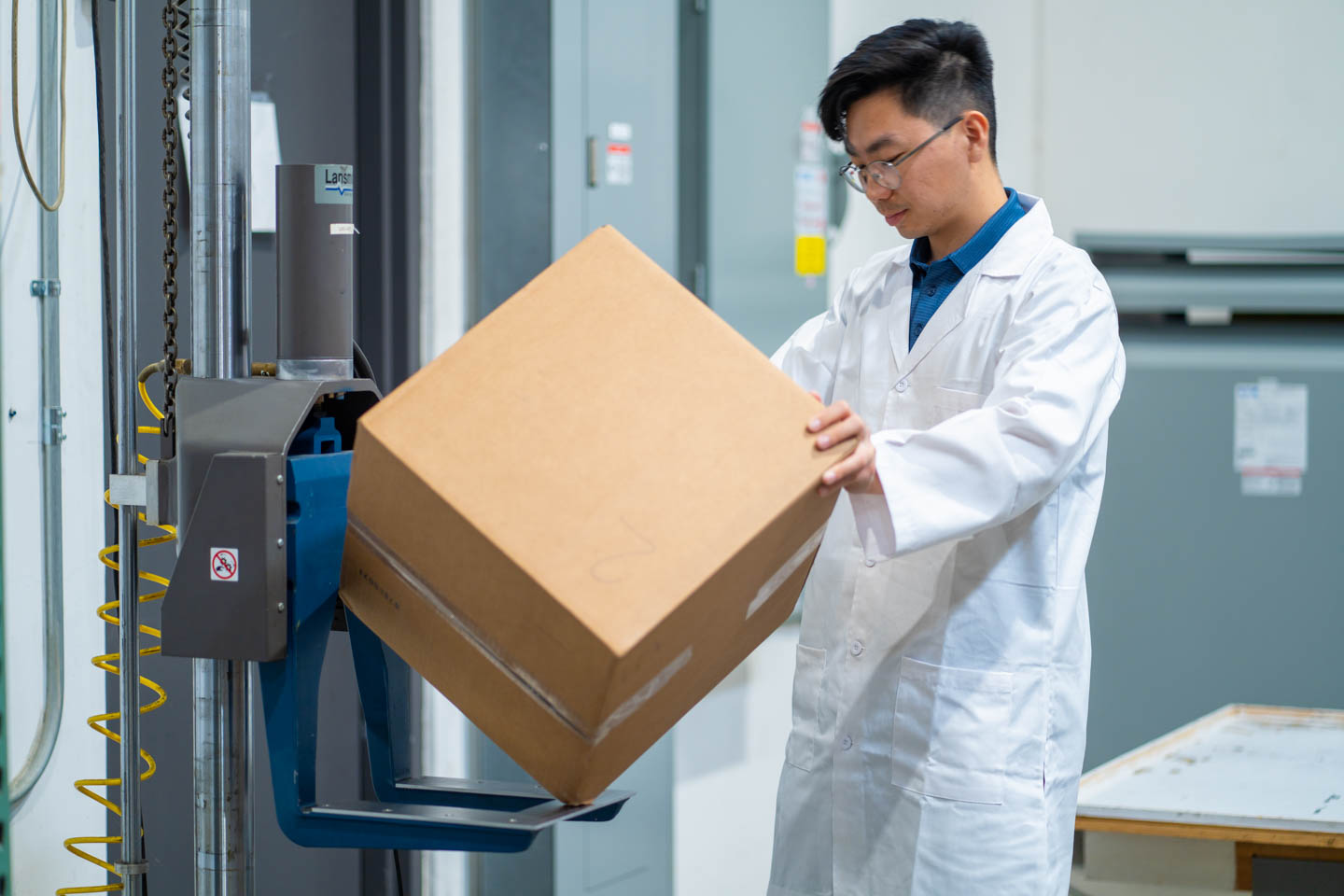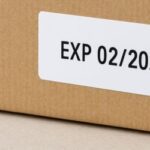Passing the Test Isn’t Enough
In medical package testing, passing ASTM D4169 or F88 is often viewed as a green light — a sign that your sterile barrier system can endure real-world handling. But in today’s regulatory environment, agencies like the FDA and Notified Bodies aren’t just evaluating test results; they’re evaluating test design. A passing outcome won’t mean much if your configuration doesn’t stand up to scrutiny.
More often than not, the weak link isn’t a failed seal or cracked tray — it’s the lack of a defensible Realistic Worst Case (RWC) configuration. I’ve seen it many times in my role here at LSO. Submissions stall, audits trigger follow-up questions, and timelines stretch — not because the test failed, but because the rationale behind it couldn’t be justified. This is where we come in.
What Is a Realistic Worst Case — and Why Is It Tricky?
The standards tell us to test under “worst-case conditions,” but they don’t offer a formula for how to define that in the real world. That’s where things get complicated. A valid RWC configuration must strike a careful balance between theoretical rigor and manufacturing reality.
From a dimensional standpoint, we’re often looking at the thinnest or longest seals, the largest or heaviest product loads, and package geometries that might be prone to issues like buckling or seal stress. But it’s not just about physical size. Some of the most overlooked RWC factors involve how materials behave during sterilization or aging. For instance, a tray configuration that seems structurally sound might trap residual moisture or restrict sterilant flow in a way that isn’t obvious at first glance.
And then there’s the production angle. An RWC configuration can’t be some theoretical extreme that never actually happens on the manufacturing line. It has to reflect actual, documentable variations within the process. The goal is to identify the version of the package system that is both most likely to challenge integrity and most likely to occur — a surprisingly narrow and complex overlap. That’s where regulatory justification becomes challenging.
Why RWC Selection Is a Regulatory Flashpoint
From the FDA’s perspective, your test configuration is a surrogate for how well you’ve thought through the risks in your packaging system. If your selected unit doesn’t represent the upper and lower bounds of variation — or if you haven’t clearly documented why it does — reviewers are right to question the validity of your results.
Over the past few years, I’ve reviewed hundreds of test protocols and reports. Some of the most common issues I see include a lack of evidence that the selected SKU actually has the smallest seal area or tightest tray fit, unclear rationale for product load or geometry, or test plans that include just one product family member with no justification for excluding others. Even more problematic are vague statements like “this is our standard kit,” with no supporting data on dimensions, material thicknesses, or process tolerances.
The bottom line is this: if the test plan can’t be clearly and logically explained, regulatory reviewers are increasingly likely to push back — and that can trigger additional testing, revised submissions, and costly delays.
Common Pitfalls in RWC Configurations
One of the biggest pitfalls I see is selecting the smallest SKU in a product family under the assumption that it represents the worst-case challenge. In reality, that unit may not stress the seals or packaging corners in the same way a larger or heavier configuration might. Similarly, selecting the longest seal length without considering weight distribution or tray geometry can lead to an incomplete assessment of system integrity.
Another mistake is treating sterilization as a separate concern, without recognizing that complex shapes or component layering can inhibit gas or steam flow. These interactions matter — and if they’re not accounted for in the RWC configuration, the entire system may be mischaracterized.
Lastly, many engineers lean too heavily on anecdotal norms — saying “this is our standard” or “this worked last time” — without the data to back it up. In an audit, that kind of rationale rarely holds water.
Case Insight: When “Worst Case” Wasn’t Realistic
We recently worked with a global orthopedic OEM who came to us after receiving an FDA Refuse to Accept (RTA) letter. Their validation protocol had tested a three-component surgical kit packaged in a small thermoform tray. It passed with flying colors. But the actual commercial product included a six-component configuration in a deeper, heavier tray — and that version had never been tested.
The FDA’s concern was valid: the tested unit didn’t reflect the most challenging version of the system. The OEM had selected a configuration that was convenient to validate but not sufficient to justify the entire product family. We helped them reassess their SKUs, identify dimensional and weight extremes, and build a data-driven rationale for a new RWC configuration. We re-ran the required distribution and aging studies, and the revised submission cleared review without further questions.
How LSO Helps Get RWC Right
At LSO, our role extends well beyond executing ASTM protocols. We support clients in designing test strategies that can withstand regulatory scrutiny from day one. That means helping engineers identify the physical, material, and sterilization challenges that define their true worst-case configuration — and then documenting those assumptions clearly and defensibly.
We work directly with client engineering and quality teams to evaluate CAD drawings, process tolerances, component interactions, and sterilization impacts. Our role is to generate the detailed testing reports and help clients understand how that data outlined supports their selected packaging configurations. This ensures that when clients prepare their documentation, the results are aligned with their design and process rationale.
In short, we help you think like a reviewer — not just a test engineer.
Conclusion: Test Plans Are Only as Good as Their Justification
Defining a Realistic Worst Case configuration isn’t a checkbox. It’s a strategic decision with direct consequences for time-to-market, submission success, and regulatory risk. Getting it right requires technical insight, production understanding, and documentation discipline. At Life Science Outsourcing, we bring that expertise to every validation program we support. Our clients don’t just outsource testing — they partner with a team that understands the stakes and knows how to defend the science.





